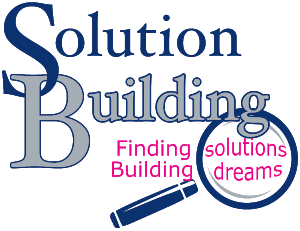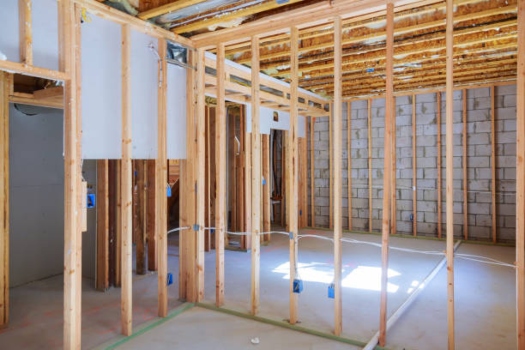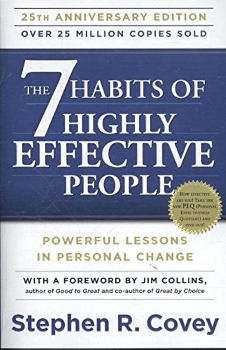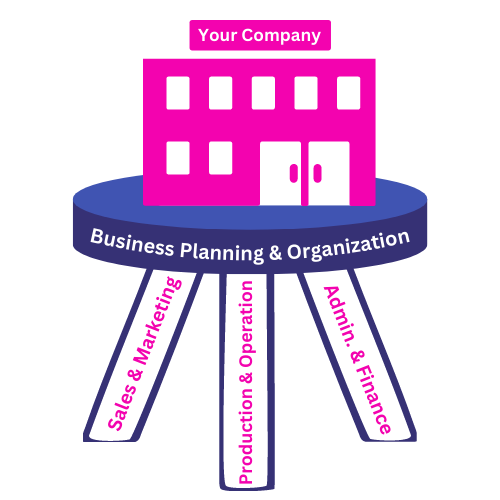Finding Your Why
Last week we discussed the importance of building your business on a good foundation. And, how this can help you withstand the trials of business.
We also talked about the importance of knowing what that foundation was built on. Is it dirt, sand, or rock?

This gets down to who you are and why are you in business?
The foundation (core value and mission) can be changed. But the ground you are building that business on can’t. This is who you are. Who God made you to be. When you align this purpose with your business you will be set for success.
Not knowing your “why” is one of the main reasons businesses struggle and fail.
German philosopher Frederick Nietzsche once said, “He who has a why can endure any how.”
Knowing your why is an important first step in figuring out how to achieve the goals that excite you. This allows you to create a business you enjoy (versus merely surviving!).
Indeed, only when you know your ‘why’ will you find the courage to take the risks needed to get ahead, stay motivated when the chips are down, and move your business onto an entirely new and more rewarding trajectory.
So how do you find your “why”?

While there’s no one pathway for discovering your purpose, there are ways you can gain deeper insight. Your purpose is the intersection of your –
- Talents
- Skills/expertise
- Passions
- Values
Here are four questions that can help you find your purpose that aligns with what you care about, what you can contribute, and what will be valued most:
- What makes you come alive? – The word inspire comes from the Latin, meaning “to breathe life into.” Accordingly, when you are working toward things that inspire you, it literally makes you feel more alive. What makes you come alive isn’t referring to taking your dream holiday or watching your favorite team play football (unless you’re called to a career as a football coach or commentator!). It’s bigger than that. Something that’s bigger than you. Connecting with what you’re passionate about. Focusing your attention on endeavors that put a fire in your belly.
- What are your innate strengths? – A point at which natural talent and skill meets personal passion. When people are in their element they are not only more productive, but they add more value and enjoy more fulfilment. What are the things you’ve always been good at? You can also be passionate about things you have no natural talent for, and talented at things for which you hold little passion. We rarely aspire toward ambitions we have no natural talent to achieve.
- Where do you add the greatest value? – Knowing your greatest strengths and where you can add the most value can help you focus on where you are most likely to succeed. Too often we undervalue our strengths, skills and expertise. If you reframe the concept of adding value through the lens of solving problems, you can also ask yourself what problems you enjoy solving. What problems do you feel passionate about trying to solve? You’ll then be more successful at focusing on your natural strengths and those things you’re innately good at rather than trying fix your weaknesses.
- How will you measure your life? – People who don’t stand for something easily fall for anything. Determining how you want to measure your life means taking a stand for something and then aligning your business with it. Living with purpose means focusing on things that matter most. Things that matter most are rarely “things.” Earning money and following your heart don’t have to be contradictory. No matter what your job is, you can draw meaning from it and find greater purpose through how you do what you do. If you don’t think you’re the kind of person you’d want to work with, it may not be the job, but your attitude toward it.
Knowing your “why” can compel you to take on challenges that will stretch and inspire you.
Your “why” is the ground that your business is built on. You need to know what that ground is and build the foundation accordingly.
Excerpts from: Do You Know Your “Why”?









































